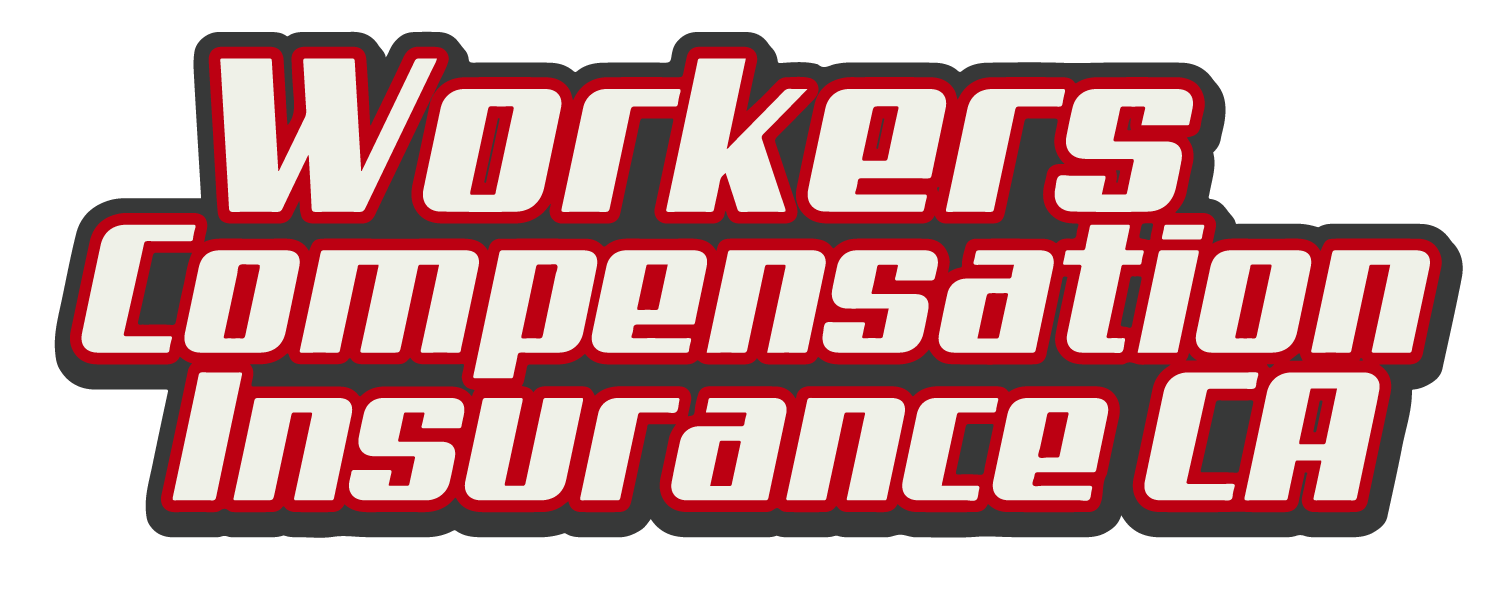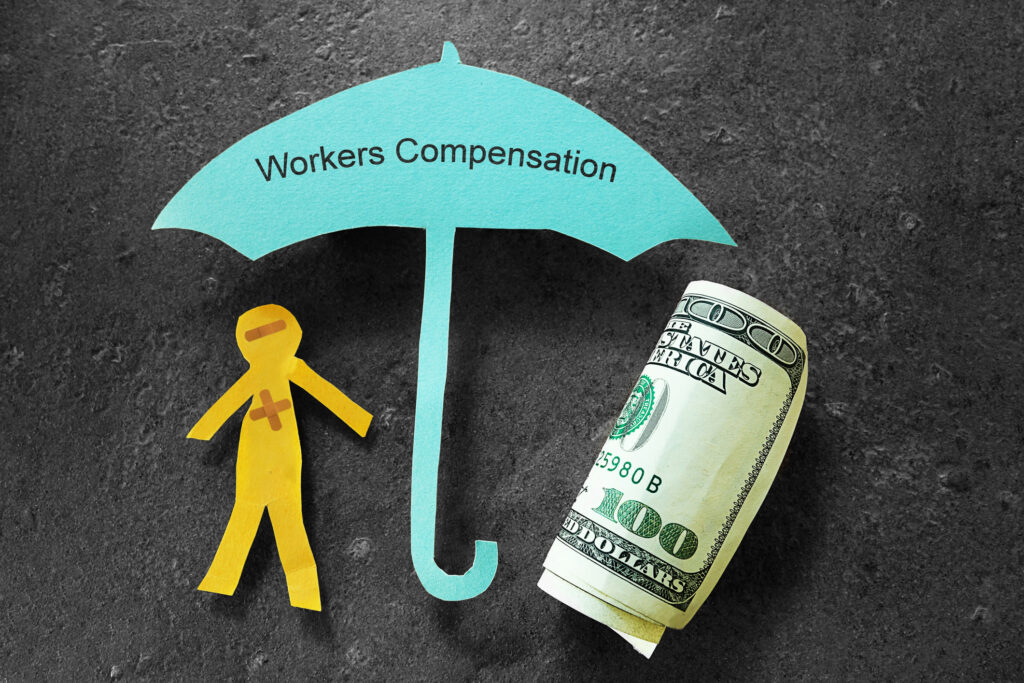Workers Comp Insurance calculations for premiums take into consideration your company’s business and industry type. Also, the type of work performed by each employee, claims history and your company payroll. Human resources and safety professionals always are looking at the factors that influence Workers Compensation insurance costs. In order to calculate- we use Employee Classification Rate times by Employee Payroll (Per $100) times Experience Mod Rate. All this equals your Workers Compensation Insurance Premium. Now you will think -where do I get all those numbers. It will be hard for a business owner to calculate the Work Comp Premium correct by himself. This is where insurance agencies and companies come to help.
Let’s start by introducing the factors used in the formula.
Employee Classification Rate
This is a 4-digit code for the specific type of work that you each employee is performing. The system helps to identify the risk associated with different types of work. Therefore, in most states, the National Council on Compensation Insurance (NCCI) determines the employee classification rate, although some states have their own system. The Workers’ Compensation Insurance Rating Bureau of California (WCIRB) is California’s trusted, objective provider of actuarially-based information and research, advisory pure premium rates, and educational services integral to a healthy workers’ compensation system.
Employer Payroll
There is a direct connection between Workers’ Comp premiums and employer’s payroll. Therefore, for each employee class code, the employer pays on every $100 of payroll.
Experience Mod Rate
This is a number based on how your business compares to other businesses in your industry with similar employee classifications. For instance, to determine a company’s Mod, those are the base factors- including the age of the business and the severity, frequency and number of claims. An average Mod starts at 1.0. If your business experiences fewer and less severe accidents than the industry average, your Mod would be less than 1.0. Lastly, if you recorded higher and more severe accidents, your Mod will be higher than 1.0.
In addition to to all those calculations, we want to let you know there are ways to save.
- No money down. For instance, most traditional Workers’ Comp Insurance plans require as much as 15 to 25 percent down on a premium. With our plan, an upfront payment is not necessary.
- More accurate pay-as-you-go premiums. In addition, as you probably know, Workers’ Comp program is tied to your payroll, you can extend your premium over the year and have more accurate monthly premiums.
- Prevent costly mistakes. Most importantly, some of the most common include incorrectly classifying employees, not providing employees with required information, and failing to file claims correctly and on time. Therefore, we will help identify the potential hazards and address the liabilities that may put your business at risk.
Contact us for if you have any questions about your Workers Comp Insurance calculations and we will be glad to help you.

